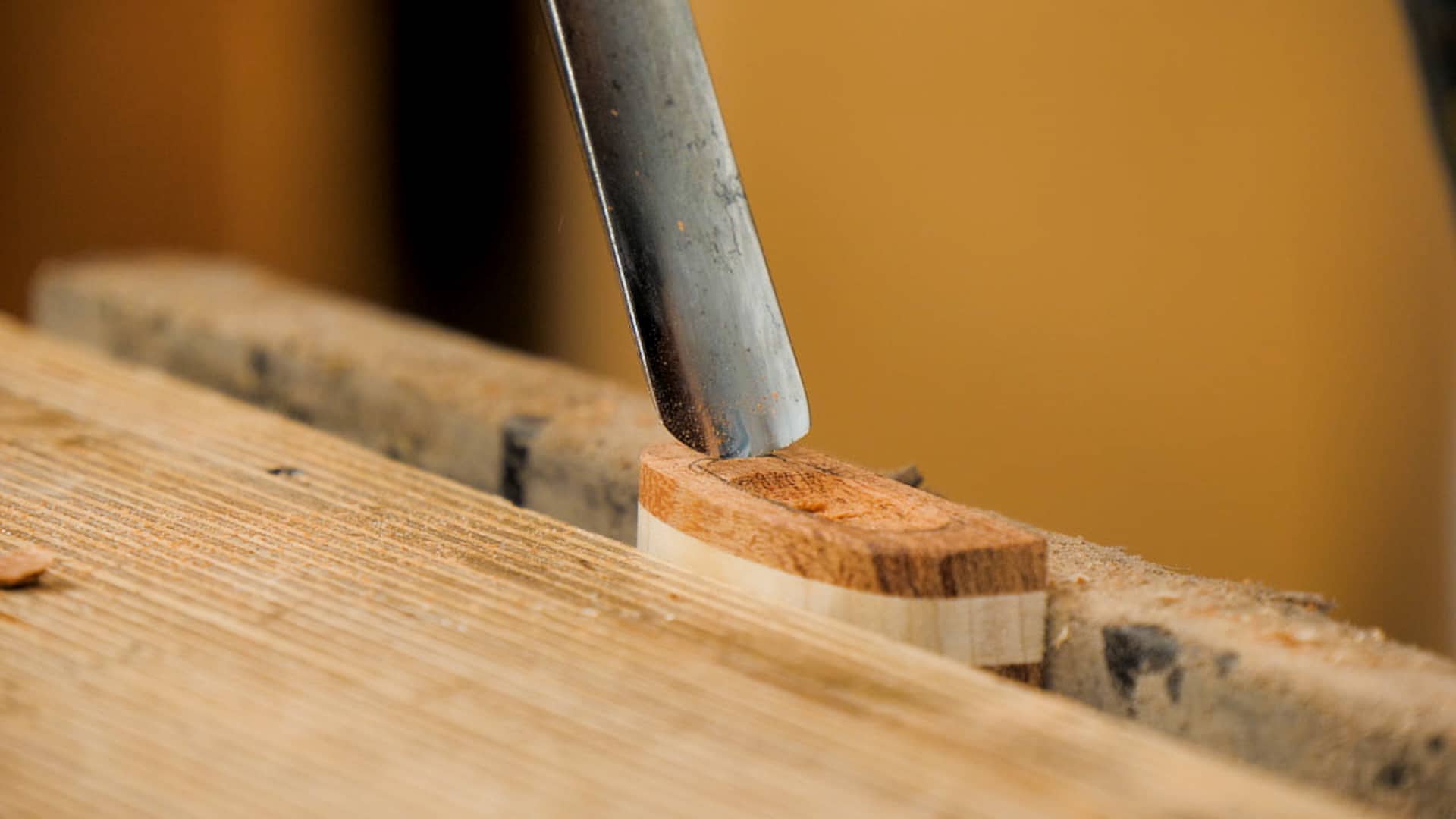Sellers Home Side Cupboard: Episode 11
Posted 28 December 2022
This is an episode in a paid series. Want to watch it? You just need to sign up as a paid member, and you can enjoy this video and many other videos we think you will love.
The final stages of any project are always interesting, like the final pieces to a three-dimensional jigsaw puzzle, only you made all the pieces and perfected the design yourself. We have the handles to make, the slatted shelf to build and install, and the upstand that prevents anything from sliding off the top of the cabinet. We also have some refinements to the doors, refining the handles and shaping them. In this episode, we walk you through the unique finishing method Paul chose and placing the cabinet in the dining room of Sellers’ Home.


Absolutely lovely Paul.
Great series.
Can’t wait for the next one.
Thanks
Thank you Paul, I am stowing away all this knowledge.
What brand hinges do you use
These hinges were cheap, unbranded and only £3.50 for two. I don’t there would be any value to using the same ones. Paul wouldn’t necessarily buy the same ones but just search for ones that meet the size specification.
Thanks Paul. I always love how the wood pops and comes alive when you apply finish. Speaking of finishes, I have some pieces coming up that will need something a bit more durable then shellac. I can get General Finishes products at my local Woodcraft store. Could you please clarify what water born finish you are using? Do you happen to know what the name would be for the General Finishes brand equivalent that you use? Do you think it would be good for chairs? Many thanks.
I have used the general finishes High Performance Satin and was very happy with it. https://generalfinishes.com/wood-finishes-retail/water-based-topcoats-and-sanding-sealer/high-performance-polyurethane-water. I also like the “flat out flat” sheen over milk paint it gives a nice velvety look without shine.
The pad Paul is using to apply the finish is also recommended, I use these to paint all large area (works great when painting interior doors ) https://www.homedepot.com/p/Shur-Line-4-3-4-in-x-3-3-4-in-Paint-Edger-Pad-2006556/312065060
As far as using it on chairs I don’t see why not, although you may not want it too slick.
Wow. Just love how your muscle memory and design sensibilities mesh together like a hand in a glove. No small feat that tricks the mind into a beautiful illusion that all is right with the universe!
A comment on shellac and water based ‘varnishes’ – I found that many water based finishes will affect the colour of the wood. For instance, a plank of Australian River Red Gum timber (which has a deep red colour – not surprising) lost a great deal of it’s depth of colour and almost looked insipid and tended to orange when coated directly with different water based finishes. Tasmanian Oak (actually Eucalypt) which has a lovely pink tinge to it also lost its colour. When I researched I found the finish had a relatively high pH so I experimented a bit with a mild caustic solution and that had the same effect. Precoating with shellac basically seals and shields the wood from the water based finish and as Paul mentions it seems to stick to the shellac no problems – I have some that has been done like that for at least 2 years now. And just for some context – I discovered this colour change effect when I was mucking around with some red wine – it will turn blue if you add enough caustic soda to it (but for gords sake don’t drink it!!!). Similarly with red timber – if you add just the right amount of caustic it will tend to blue as well.
@FLEMMING I am curious if you obtain the same effect when using a super blonde shellac? Many water based finishes have a blue hue, which would tend to cancel or hide the red in the wood. At the same time, shellacs will carry amber and orange hues, unless they are bleached (super blonde) and even then there is some level of amber. The pH experiments are interesting and could be the explanation, but this may partly just be color addition. There are a few water based finishes that carry a slight amber hue. Target finishes makes one, but I do not remember which. It would be interesting to experiment with that. It looks like their finishes have a pH of 8-9, but you’d need to check as I only looked at one or two. In any event, I do agree with the core of what you are saying: Finishes react with wood, even “clear” finishes. Cherry, in particular, reacts with many finishes (as a matter separate from its grain leading to blotching…the two conspire, it seems).
As an under (or sanding coat) I only use blonde shellac. I am 99% certain that it is the pH effect and not any actual blue in the water based finish as even a thin smear will do it. The ones I tried had a pH of 8-9.
The “thin smear” is pretty convincing that it is chemistry instead of toning. Thanks for posting your findings!
Does Paul brush finish down inside he reveals of the door panels, or are they left unfinished?
I asked Paul and his reply was:
I did apply some finish but purely to add colour tone not as a resilient finish.